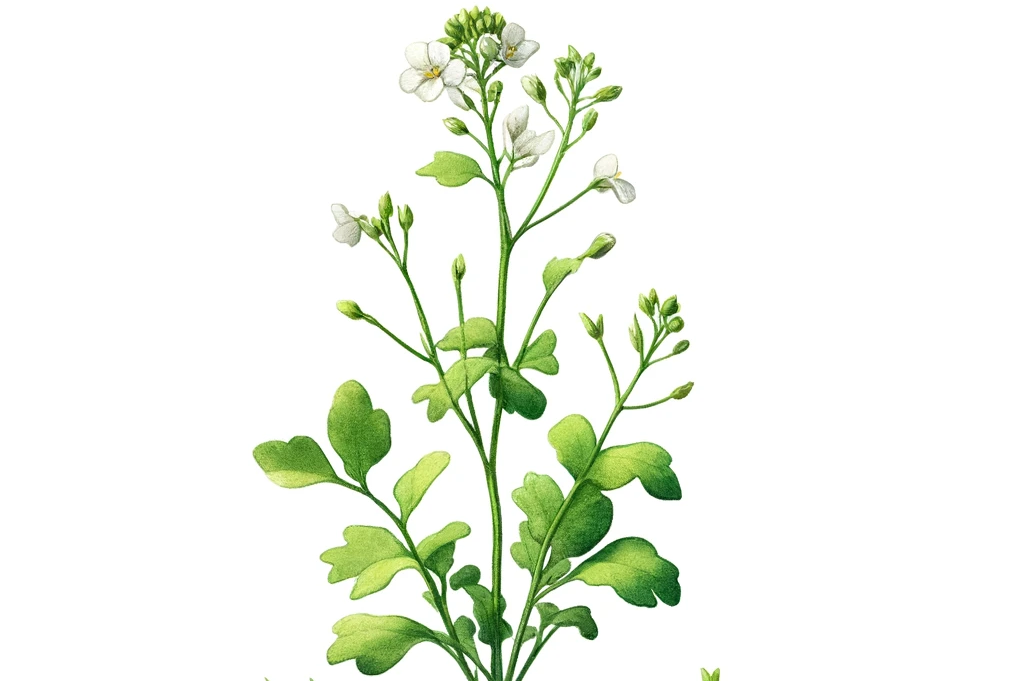Tall balsam

What is balsam?
Balsam is a fast-growing annual plant known for its showy pink to purple flowers and characteristic pod-like fruits. It prefers moist habitats and is often found along riverbanks, in woodlands and in damp meadows. Due to its invasive nature and ability to displace native plant species, it is considered a problem in some regions.
Benefits of balsam for dogs
Natural healing effects
In traditional medicine, parts of balsam are valued for their anti-inflammatory and pain-relieving properties. Theoretically, extracts of the plant could also be helpful in treating skin irritations or mild inflammation in dogs.
Moisturizing properties
Balsam contains a high percentage of water, which makes it a potential natural moisturizer. In small amounts, it could help to support water balance in dogs, especially on hot days or for dogs prone to dehydration.
Possible disadvantages and risks
Toxicity
Although balsam may offer medicinal benefits in humans in certain applications, there is little information on its safety and toxicity in dogs. Some parts of the plant may contain toxic substances that, if consumed in large quantities, can lead to symptoms of poisoning such as vomiting, diarrhea or worse health problems.
Invasive species
The promotion of an invasive plant species, even for medicinal purposes, poses ecological risks. The use of Tall Balsam could inadvertently support its spread and further damage local ecosystems.
Allergic reactions
As with any plant, there is a risk of allergic reactions to balsam. Dogs that are sensitive to certain plants or pollen could also react to balsam with skin irritation, itching or other allergic symptoms.
While balsam is known in human herbalism for its healing properties, the benefits and risks for dogs have not been sufficiently researched to make a safe recommendation. The potential toxicity and risk of allergic reactions make it necessary to exercise caution when using this plant in dog nutrition or as a medicinal agent. Given the invasive nature of balsam, it is also important to handle the plant responsibly and not encourage its spread. The health and safety of the dog should always come first.
If you notice any signs of hypersensitivity or poisoning in your dog, you should see your vet immediately. We are not a substitute for a vet, but we try to be as accurate as possible. Every dog reacts differently and we recommend you get a second opinion or consult your vet if in doubt.
Stay healthy and take good care of your four-legged friend!😊
Similar to Tall balsam
Lesser balsam is an annual plant characterized by its delicate, pale yellow to orange flowers and its distinctive pod-like fruits. These fruits 'pop' open to disperse their seeds widely when ripe or...
Himalayan balsam also has some positive properties that you should know about. For one, it provides an important food source for bees and other pollinators, which are threatened in many areas....
Water eupatorium, also known scientifically as Eupatorium perfoliatum, is a plant that is mainly found in damp areas such as riverbanks or marshes. It is characterized by tall stems, purple flower...
Thale cress, also known as Arabidopsis thaliana, is a small but robust plant that occurs naturally in many parts of the world. It belongs to the cruciferous family and is particularly popular with...



